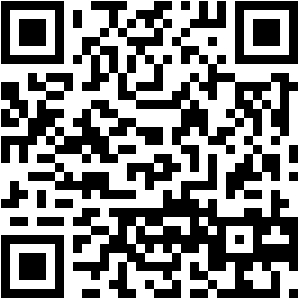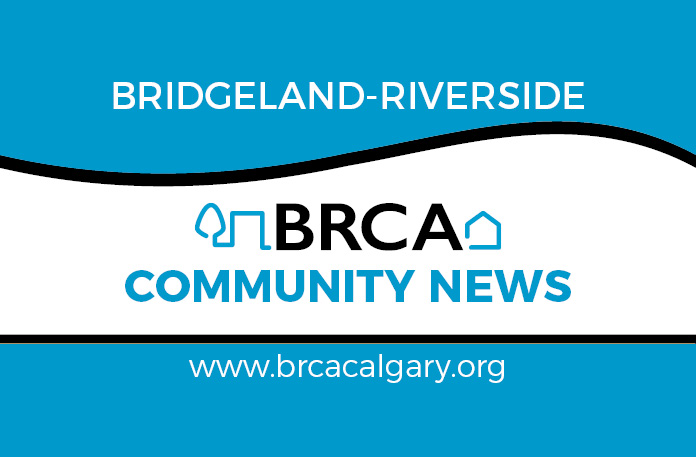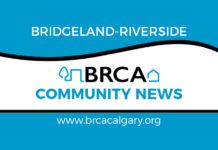by Deb Lee, Heritage Committee and CGH Project
The Calgary General Hospital (CGH) was Calgary’s first and largest hospital, evolving to be almost 1,000 beds at its zenith. One of the biggest challenges for hospitals, from the early days to the present, is to stay abreast of advancements in health care. It must be noted that the most significant improvements in general health status of the population are due to public health measures, most often instituted by local government. Epidemics of typhoid fever, caused by poor sanitation and untreated water (often from community wells) were a leading cause of illness and death in early days of Calgary. The young city’s introduction of public systems for sewage and chlorinated water rendered typhoid less prevalent. Vaccinations further reduced and eventually eliminated such outbreaks. Milk-borne illnesses, including tuberculosis, were eradicated by mandated pasteurization of all milk sold in the city. Illness, disability, and death, especially in children, were further reduced by vaccinations for smallpox, diphtheria, polio, measles, mumps, and whooping cough.
Progress on health status from within a hospital setting is somewhat different. It can involve new machines and technology, hospital designs, and training of staff. It must be remembered that almost all present-day diagnosis and treatment practices were not yet even invented in the early days of the Calgary General Hospital. Here are some of examples of the advances in health care that occurred at “the General” from its earliest years.
After washing his hands in a solution of carbolic acid, Dr. Harry Goodsir Mackid performed Calgary’s first surgery in 1890 on the dining room table at the General “Cottage Hospital”. It took another 20 years until the use of gloves for surgery was initiated at the newly opened CGH #3 in Bridgeland in 1910. Using gloves greatly reduced the incidence of post operative infections, as well as the transmission of disease to the surgeon.
Soon after, purchase of an x-ray machine enabled better diagnosis of injuries and illness. In 1913, Dr. Rosamund Leacock (sister of the famed writer and humourist) was hired as our city’s first pathologist. Providing all her own equipment, she tested samples of water and milk to aid in diagnosis of illness. She also instituted lifesaving person-to-person blood transfusions.
Dr. Harry Goodsir Mackid was under contract with the CPR when he instituted a hospital insurance program. Each CPR employee contributed 50 cents per month to the plan and when needed, their hospital stay was at no cost. Sadly, in his early 50s Dr. Mackid died of diabetes in 1916 – at a time when there was no treatment for the disease.
Diabetes was the key focus of Dr. Howard MacEwan over his decades-long career at CGH. After the invention of insulin in the early 1920s, people diagnosed with diabetes had a chance for survival, but it was not a simple fix. People had to be admitted to hospital to properly diagnose and initiate their treatment with insulin. Dr. MacEwan studied the effectiveness of standard hospital diabetes care at CGH in the early 1950s. He found ways to improve it and from there established the Diabetes Service. A diabetes manual was developed and provided to all patients while care and education were provided in a specialized setting. A further difference was made with the initiation of the Diabetes Day Care, which enabled newly diagnosed patients to participate as outpatients and learn about their disease, and how to manage their dietary intake, blood testing, and use of insulin or other medications. Dr. MacEwan’s progressive practices, which resulted in cost savings and better patient outcomes, were later adopted by other hospitals across Canada.
Part 2 next month will describe more health care innovations that took place at CGH. If you’d like to learn more about history of the Calgary General Hospital or about our CGH Commemoration Project or to donate to the project, visit our website: https:/brcacalgary.org/history. Here’s a QR code:

Click here to the Bridgeland Community News home page for the latest Bridgeland community updates.










